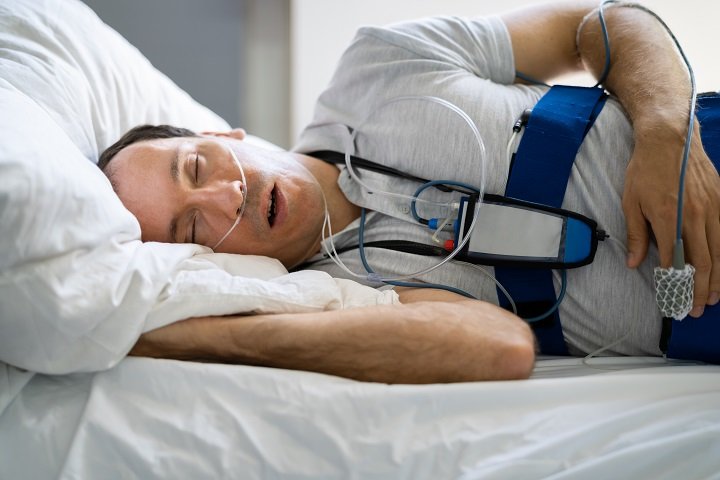Restless Legs & Sleep Apnea: Are They Connected?
More than three million people in the United States are diagnosed each year with restless legs syndrome (RLS), a disorder characterized by an almost irrepressible urge to move one's legs, particularly at night. Obstructive sleep apnea (OSA) patients are more prone to suffer from RLS than those who do not have this condition. Do the two situations have any connection? Below, you can find out more that will lead you to get an appropriate sleep apnea treatment.
The Link between Restless Legs Syndrome and Sleep Apnea
People are more susceptible to developing RLS and sleep apnea as they get older. In both cases, people over the age of 40 are more likely to have OSA, while those over the age of 50 are more likely to have RLS, with symptoms often growing more common and lasting longer as time goes on.
One study reported that 8.3% of sleep apnea patients had clinically severe RLS (meaning symptoms were prevalent at least two to three days a week). To put this in perspective, only 2.5 percent of the study's control group was found to be experiencing RLS symptoms.
Both Conditions Are Harmed By Certain Habits
RLS and OSA can be worsened by certain habits, such as consuming alcohol in the hours each night and smoking. Both illnesses can be badly affected by caffeine, however each person's tolerance for caffeine varies. There are a few things you can do to help if you suffer from either RLS or OSA. First, keep an eye on your caffeine intake. A good rule of thumb is to avoid caffeine after noon. Second, limit your alcohol intake in the hours leading up to bedtime. Third, quit smoking if you have a proclivity for it. Of course, saying "I'm going to stop smoking" is simpler than actually doing it, so we recommend anyone considering quitting to look into the various options.
RLS and OSA Can Be Alleviated With Better Sleep Hygiene
The best way to deal with both insomnia and restless leg syndrome is to practice good sleep hygiene, which includes establishing a regular sleep schedule, creating a "cave-like" bedroom environment (dark, quiet, and chilly), and establishing a calming bedtime routine. The brain's generation of the sleep hormone melatonin is reduced when exposed to the blue light emitted by electronic devices an hour or so before bedtime.
In the event that you frequently find yourself battling with both of these concerns, you are not alone, and research shows that there are methods to assist you ultimately assume charge of both conditions at once.
Studies have shown that treating sleep apnea with a CPAP machine also helps with RLS. More than half of RLS patients who were studied were reported to have reduced their use of medication by using a CPAP. RLS and sleep apnea can be treated with oral appliances, which are similar to CPAP, despite a lack of evidence on the effectiveness of this sleep apnea treatment method for the two diseases.
Invest in a Good Night's Sleep
Are you ready to get help for your RLS and OSA at the same time? Get in touch with OKOA if you need to go for sleep apnea treatment instantly. Book your schedule now.
**Disclaimer: The information on this page is not intended to be a doctor's advice, nor does it create any form of the patient-doctor relationship.

